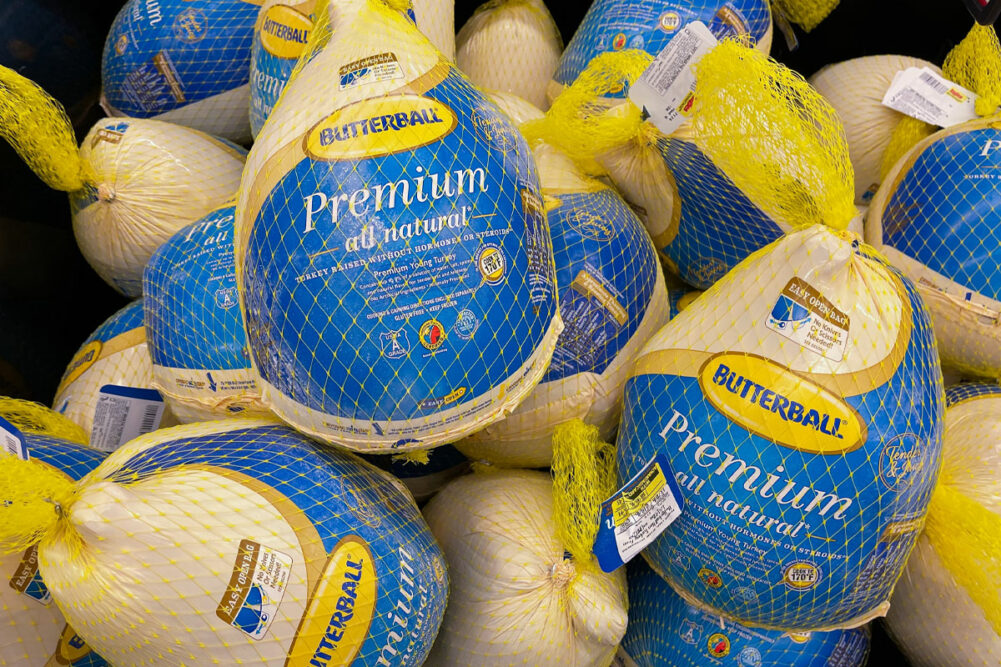KANSAS CITY — Since February, a viscous and enduring strain of the highly pathogenic avian influenza (HPAI) virus has devastated nearly 250 commercial flocks and close to 300 backyard flocks, resulting in the destruction of more than 47 million birds, according to the Animal and Plant Health Inspection Service (APHIS) of the US Department of Agriculture. Of the commercial flock total, about 70% of the cases have been turkey flocks, leading to the culling of more than seven million turkeys and causing some to wonder if this year’s Thanksgiving table will be able to feature the holiday’s favorite protein centerpiece. Industry insiders say there’s no need to worry, but some preparation might be necessary.
“Consumers wanting to purchase a frozen turkey will be able to find one,” reassured Beth Breeding, spokesperson for the National Turkey Federation, an organization that advocates for America’s turkey industry. But if consumers were hoping to purchase a non-frozen product, Ms. Breeding has some key advice.
“If there is something specific that consumers are looking for, then we do encourage them to shop early, plan ahead, check with retailers and get on a waiting list,” Ms. Breeding said, adding that this has been the Federation’s recommendation for several years, even when there isn’t an HPAI-outbreak threatening supplies.
Since the outbreak started in late February, nearly 170 commercial turkey flocks have been affected. Of all the bird species involved, turkey flocks seem to be the most vulnerable, having claimed the vast majority of total flock cases. Ms. Breeding attributed this circumstance as a characteristic of how turkeys are produced.
“It definitely takes a lot longer to raise a turkey and get it to market weight than it does a broiler, so that creates a longer time period that turkeys are on the farm and increases their opportunities for exposure,” Ms. Breeding explained.
Ms. Breeding said similar observations were noticed in the previous HPAI outbreak seven years ago.
“In 2015, we noticed that the virus catered to older birds, so again that would put turkeys at a more vulnerable risk because they’re older compared to other varieties,” Ms. Breeding said.
Biosecurity efforts to combat this year’s viral spread has been a communal effort between industry, federal and state officials.
“Everyone is on the same page with trying to prevent further spread,” Ms. Breeding affirmed. “When we first learned about detections in the wild bird populations, that signaled everyone to amplify what they were already doing, and it’s helped because we’ve seen a lot fewer cases from lateral transmissions this year than the previous outbreak.”
But Ms. Breeding believed more research and additional protocols might be helpful in preventing future cases.
“Our industry is devoting a lot of research and science to better understand the virus, and we think that’s the best way to figure out why it’s affecting turkeys more and what we can do to prevent that,” Ms. Breeding said. “We’re also really focused on better understanding the wild bird populations and have been pushing APHIS for more frequent and widespread monitoring of the population because while that doesn’t necessarily mean we can prevent the virus from coming into the country, it is a really good indicator of the viral load that’s out there in the environment and might ensure timely testing is happening across the flyways.”




